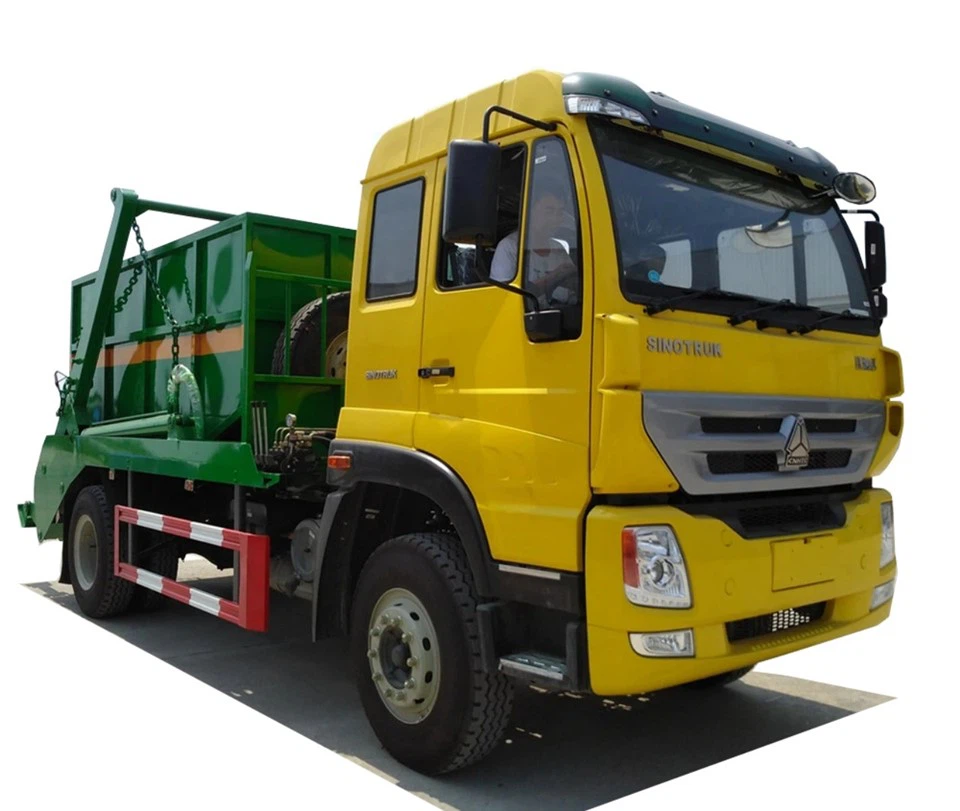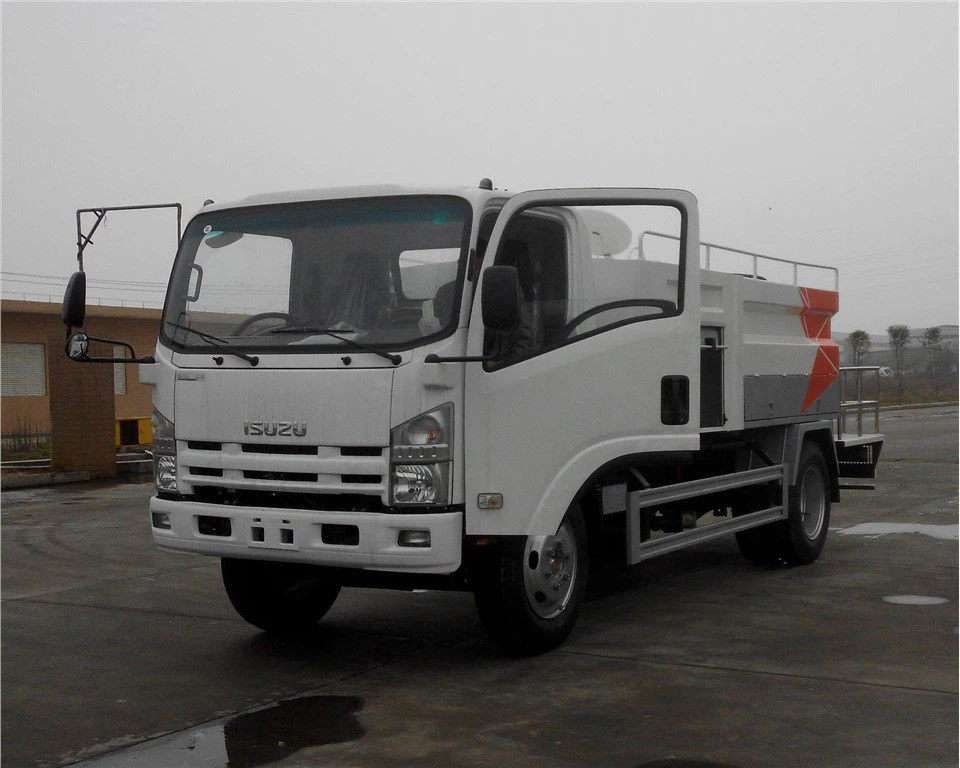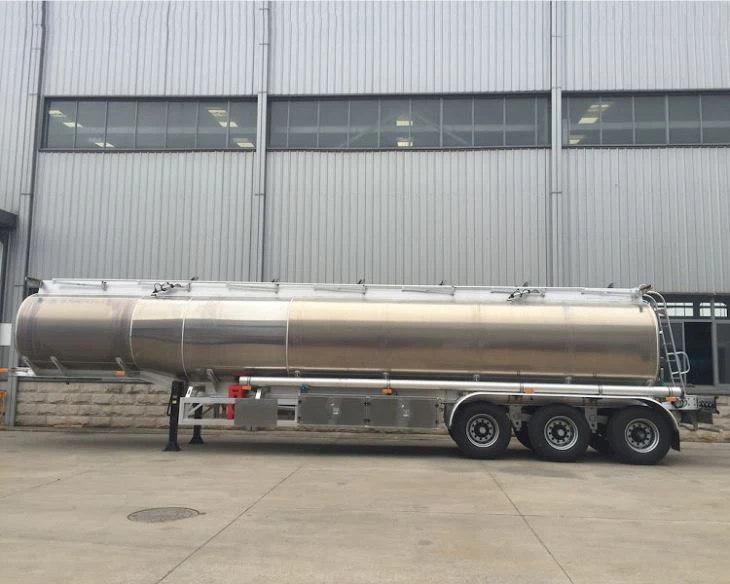Suction Tank: Understanding Its Functionality and Importance

A suction tank is an essential component in various industrial processes and applications, serving as a reservoir that allows for the efficient conveyance of liquids, slurries, or gases. This article will explore the various types, features, and applications of suction tanks, providing practical insights and tips for their effective use.
Table of Contents
- What is a Suction Tank?
- Types of Suction Tanks
- Design and Construction of Suction Tanks
- Applications of Suction Tanks
- Maintenance Tips for Suction Tanks
- Suction Tank vs. Other Types of Tanks
- Installing a Suction Tank: Best Practices
- Troubleshooting Common Issues with Suction Tanks
- The Future of Suction Tanks
- FAQs
What is a Suction Tank?
A suction tank is a specialized container designed to hold liquids under low pressure. It facilitates the suction of liquid, making it a vital part of various hydraulic and pneumatic systems. Suction tanks are commonly used in industries such as wastewater treatment, chemical manufacturing, and oil extraction.
Key Features of Suction Tanks
- Pressure Control: Maintains optimal pressure to ensure smooth operation.
- Material Selection: Constructed from materials that resist corrosion and degradation.
- Inlet and Outlet Design: Features strategically placed pipes to allow for efficient flow.
Types of Suction Tanks
Suction tanks come in various types, each designed for specific applications. The most common types include:
1. Open Suction Tanks
These tanks are not covered and allow atmospheric pressure to influence the liquid level, commonly used in applications like process water storage.
2. Closed Suction Tanks
Closed tanks maintain internal pressure and are typically used in high-volume operations or when protecting contents from contamination.
3. Stainless Steel Suction Tanks

Made from durable stainless steel, these tanks are ideal for corrosive liquids and ensure longevity in harsh environments.
4. Fiberglass Suction Tanks
Lightweight and resistant to chemicals, fiberglass tanks are commonly used in the chemical industry.
5. Underground Suction Tanks
Installed below ground, these tanks are often used to store hazardous materials, providing added safety and containment.
Design and Construction of Suction Tanks
The design of a suction tank is critical to its functionality. Key aspects of construction include:
Materials Used
| Material | Advantages |
|---|---|
| Stainless Steel | Corrosion-resistant, durable |
| Fiberglass | Lightweight, chemical-resistant |
| Concrete | Strong, cost-effective for large tanks |
Design Considerations
- Volume Capacity: Define the size based on operational needs.
- Safety Features: Include overflow and leak detection systems.
- Accessibility: Ensure ease of maintenance and inspection access.
Applications of Suction Tanks

Suction tanks play a vital role in numerous industries, which include:
1. Wastewater Treatment
In wastewater treatment facilities, suction tanks are essential for collecting and managing wastewater before treatment processes.
2. Chemical Manufacturing
Used to safely store and transfer chemicals, suction tanks minimize risks associated with hazardous substances.
3. Oil and Gas Industry
Suction tanks enable the safe removal and transport of oil and gas products, ensuring efficient handling in extraction and refining operations.
4. Food and Beverage Industry
In food processing, suction tanks are used to store liquid ingredients with strict hygiene standards.
5. Mining Operations
Suction tanks can be found in mining where they aid in the management of slurry and extraction of minerals.
Maintenance Tips for Suction Tanks
Regular maintenance ensures the efficiency and longevity of suction tanks. Here are some practical tips:
1. Routine Inspections
Conduct regular inspections to identify any signs of wear and tear, leaks, or corrosion.
2. Cleaning
Regularly clean the interior of the tank to prevent buildup that might affect performance.
3. Monitor Pressure Levels
Keep an eye on pressure gauges to ensure they remain within recommended levels for optimal operations.
4. Check for Blockages
Inspect inlet and outlet pipes for blockages regularly to maintain efficient flow rates.
Suction Tank vs. Other Types of Tanks
Understanding the differences between suction tanks and other tank types is crucial for selection:
Storage Tanks
Storage tanks primarily hold liquids without facilitating suction, often used for bulk storage. Suction tanks, on the other hand, serve active systems requiring liquid removal.
Separator Tanks
Separator tanks are specifically designed to separate different liquid components, whereas suction tanks focus on the transfer of liquid from one location to another.
Installing a Suction Tank: Best Practices
Proper installation is critical for the effective operation of a suction tank. Here are some guidelines:
1. Site Selection
Choose a location that provides easy access for maintenance and is away from potential contamination sources.
2. Foundation Requirements
Ensure the foundation can bear the tank’s weight and that it is level to avoid structural stress.
3. Piping Layout
Design the piping layout to minimize bends and turns, ensuring efficient flow and reducing the risk of blockages.
Troubleshooting Common Issues with Suction Tanks
Encountering problems with a suction tank can disrupt operations. Here are common issues and solutions:
1. Low Suction Pressure
Check for clogs or leaks in the inlet pipes. Ensure that the tank is sufficiently filled.
2. Clogged Filters
Inspect and clean or replace filters regularly to maintain optimal flow rates.
3. Tank Overflow

Determine if the float mechanism is properly functioning and adjust the alarm settings if needed.
The Future of Suction Tanks
As technology advances, the suction tank industry is evolving. Here are some anticipated changes:
1. Smart Monitoring Systems
Integration of IoT technologies for real-time monitoring of pressure and levels is becoming increasingly common.
2. Sustainable Materials
Use of environmentally friendly materials and designs aimed at reducing carbon footprints is being prioritized.
3. Enhanced Software Solutions
Advancements in software for predictive maintenance and performance optimization will likely improve operational efficiency.
FAQs
1. What is the primary function of a suction tank?
The primary function of a suction tank is to maintain a reservoir of liquid and facilitate the efficient suction and transfer of that liquid in various applications.
2. How often should suction tanks be maintained?
It is recommended to inspect suction tanks at least quarterly, with more frequent checks in high-use environments.
3. Can suction tanks be used for hazardous materials?
Yes, suction tanks can be designed specifically for hazardous materials using appropriate materials and safety features.
4. What should I do if my suction tank is leaking?
If a suction tank is leaking, cease operations immediately, contain the leak, and contact a specialist for repair.
5. Are there regulations governing the use of suction tanks?
Yes, various local, state, and federal regulations may apply based on the materials being stored and environmental safety standards.
6. What is the lifespan of a suction tank?
The lifespan of a suction tank can vary widely depending on the materials, usage, and maintenance practices, typically ranging from 10 to 30 years.
